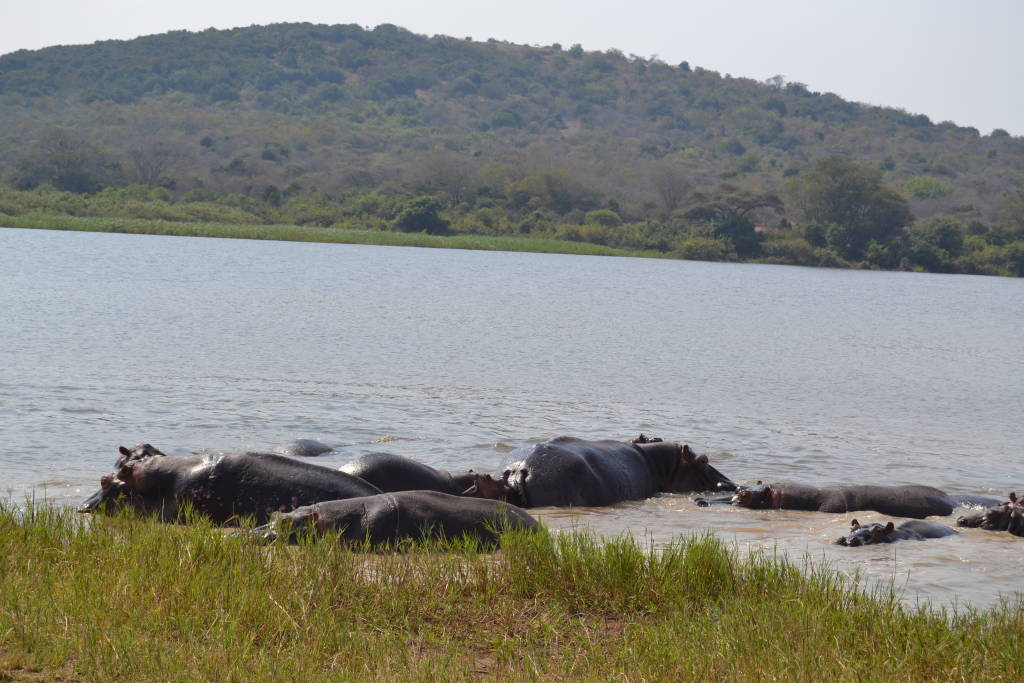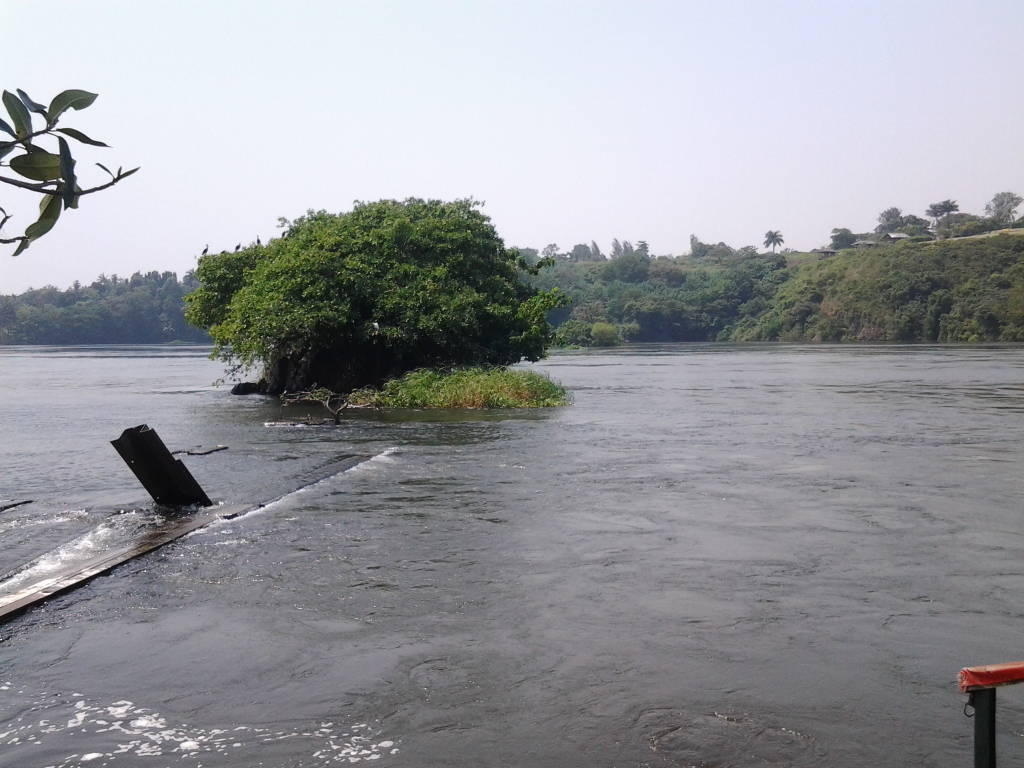My earliest memories of the Nile River go back to the late 80s, when on weekends my family and I enjoyed picnicking on the shores of the river Ruvyironza and walking along that river which is one of the main tributaries of the Nile, southern Burundi, a few kilometers of Rutovu where the southernmost source of Nile is located.
Over the years, I have always been fascinated by this mighty river of 6.650 km that crosses 11 countries of Africa, from Burundi to Egypt through DRC, Rwanda, Uganda, Tanzania, Kenya, Ethiopia, Eritrea, South Sudan and Sudan where the White Nile meets the Blue Nile before continuing his journey further north to meet to meet the Mediterranean. Through geography class, documentaries and magazines, I was interested in the Nile, its many tributaries and basin that covers 3,254,555 sq. km (approximately 10% of the area of Africa).
This particular interest led me to undertake a series of visits on the traces of the Nile. In October 2014, with a group of members of the Burundian Association for the protection of Nature, we visited the Ruvubu park, located eastern Burundi, along the border with Tanzania. This park is stretched along the Ruvubu river – one of the largest tributaries of the Nile in Burundi – which gave it its name (Ruvubu meaning “river of hippos”), forming a kind of limited corridor surrounded by reliefs of high altitude.
A few months later, I continued my journey to Rwanda to visit the Akagera Park, which takes its name from the Akagera River, also tributary of the Nile, which winds along the eastern border of Rwanda. This park, which currently covers over 1,122 km 2 offers an impressive animal biodiversity and incomparable satisfaction. On a clear day from the top of Mutumba Mountains rising to 1,825 m, it is possible to see the volcanoes of Congo.

After this trip to the country of a thousand hills, I went to Kampala early 2015 to meet my comrade Aaron who had promised to show me ‘the source’ of the Nile, an issue that remains somewhat controversial between Burundi, Rwanda and Uganda, each of the three countries claiming to host the source of this river. We visited Jinja, 80 km from the capital city and on the shores of Lake Victoria. At that site, I saw that the “Omugga Kiyira” (local name of the river Nile) is black before becoming white and blue hundreds of km further north. Many industrial and hydroelectric facilities have built there.

One day I dream to continue this exciting adventure to South Sudan, Sudan, Ethiopia and Egypt, discovering new landscapes and cultures and sights along the Nile, one thing is certain: the Nile is an invaluable resource whose muddy waters continue to feed a sizeable population estimated between 200 and 300 millions.
As the East African region and Horn of Africa continue to face drought and chronic food crisis aggravated by the effects of El Niño, we realise how precious the water water is and how increasingly scarce it’s becoming . It is our common responsibility to protect the Nile and its tributaries that have helped fertilise the land and ensure agricultural abundance for many generations.
On February 22 where the 11 countries of the basin commemorate the beauty and richness of the river, concerned governments should ensure that climate adaptation policies are not only integrated into national development plans, but also effectively implemented prioritizing the rapid adoption of renewable energy. This would represent a significant contribution in the fight against climate change, which is making the lives of millions of people already facing extreme poverty more complicated.
[Written by: Landry Ninteretse]
